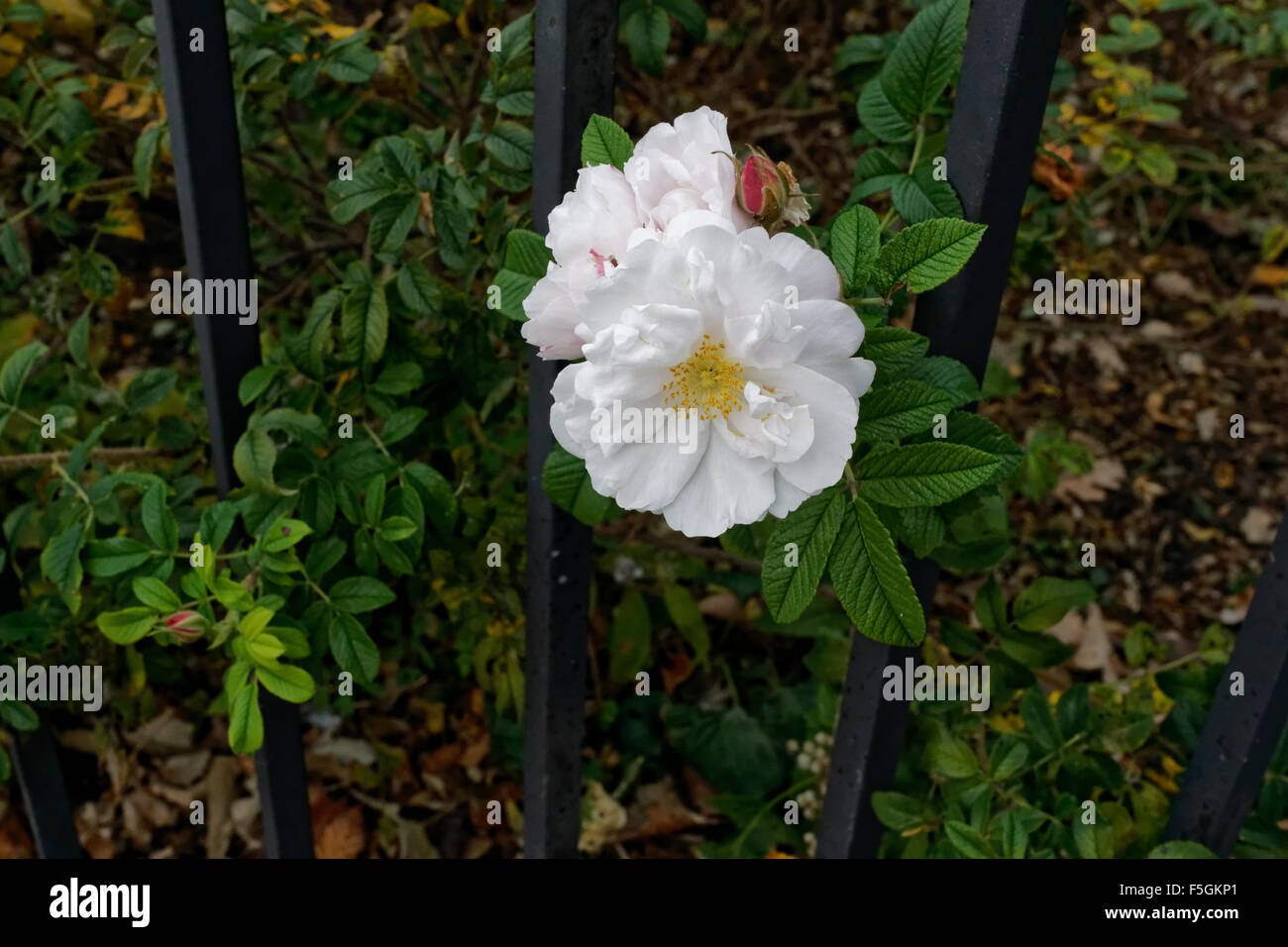When to Plant Rugosa Roses in Cold Climates

Although Rugosa roses are tough plants that can tolerate cold winters, they need some time to adjust to the temperature change. For this reason, it’s best to plant them in early spring or late fall, when the weather is cool but not freezing. This gives the roots a chance to establish themselves before the coldest temperatures hit.
If you’re hoping to add some Rugosa roses to your garden in a cold climate, you’ll need to be strategic about when you plant them. These tough, disease-resistant flowers can handle colder temperatures than many other types of roses, but they won’t do well if they’re exposed to frost. In general, it’s best to wait until late spring or early summer to plant Rugosa roses in cold climates.
This will give the plants plenty of time to establish themselves before winter sets in.

Credit: www.pinterest.com
When is the Best Time to Plant Rugosa Roses in Cold Climates
Rugosa roses are best planted in the spring, after the last frost. In cold climates, this is typically around mid-May. It is important to wait until all danger of frost has passed before planting, as rugosa roses are not frost hardy and can be damaged by even a light freeze.
Once rugosas are established, they are quite tolerant of cold weather and can even handle some snowfall.
What are the Benefits of Planting Rugosa Roses in Cold Climates
Rugosa roses are a type of rose that is known for its hardiness and ability to thrive in cold climates. Some of the benefits of planting rugosa roses in cold climates include:
1. Rugosa roses are very tolerant of cold weather and will continue to bloom even when temperatures dip below freezing.
This makes them a great choice for gardeners in colder regions who want to enjoy beautiful blooms all season long.
2. These tough plants are also resistant to many common rose pests and diseases, meaning they require less care and maintenance than other types of roses.
3. Rugosa roses are relatively drought-tolerant, so they’re a good option for gardens that don’t receive a lot of rainfall.
4. The dense growth habit of rugosa roses makes them ideal for use as hedges or privacy screens. They can also be trained to climb walls or fences if desired.
5. The strong, sweet fragrance of rugosa roses is another reason why they’re such popular garden plants.
Their lovely scent will fill the air on even the coldest days!
How Should Rugosa Roses Be Planted in Cold Climates
Rugosa roses are one of the best choices for planting in cold climates. They are very hardy and can withstand temperatures as low as -30 degrees Fahrenheit. When planting rugosa roses, make sure to choose a location that receives full sun and has well-drained soil.
It is also important to space the plants about 4 feet apart so that they have room to grow. When planting, dig a hole that is twice as wide and deep as the root ball of the plant. Set the plant in the hole so that the roots are spread out evenly and then backfill with soil.
Water thoroughly after planting.
Is It Possible to Plant Rugosa Roses in Cold Climates?
Planting rugosa roses in cold climates is entirely possible. These hardy roses are known for their tolerance to winter temperatures and can thrive in regions where other varieties struggle. With their beautiful blooms and resistance to diseases, rugosa roses make for an excellent addition to any garden in a cold climate.
Growing Roses in Cold Climates Webinar
Conclusion
If you’re planning on planting rugosa roses in a cold climate, the best time to do so is in the spring. This way, the plants will have plenty of time to establish themselves before winter sets in. Keep in mind that rugosa roses are tough plants and can handle colder temperatures than many other types of roses, but they will still need some protection from the elements.
